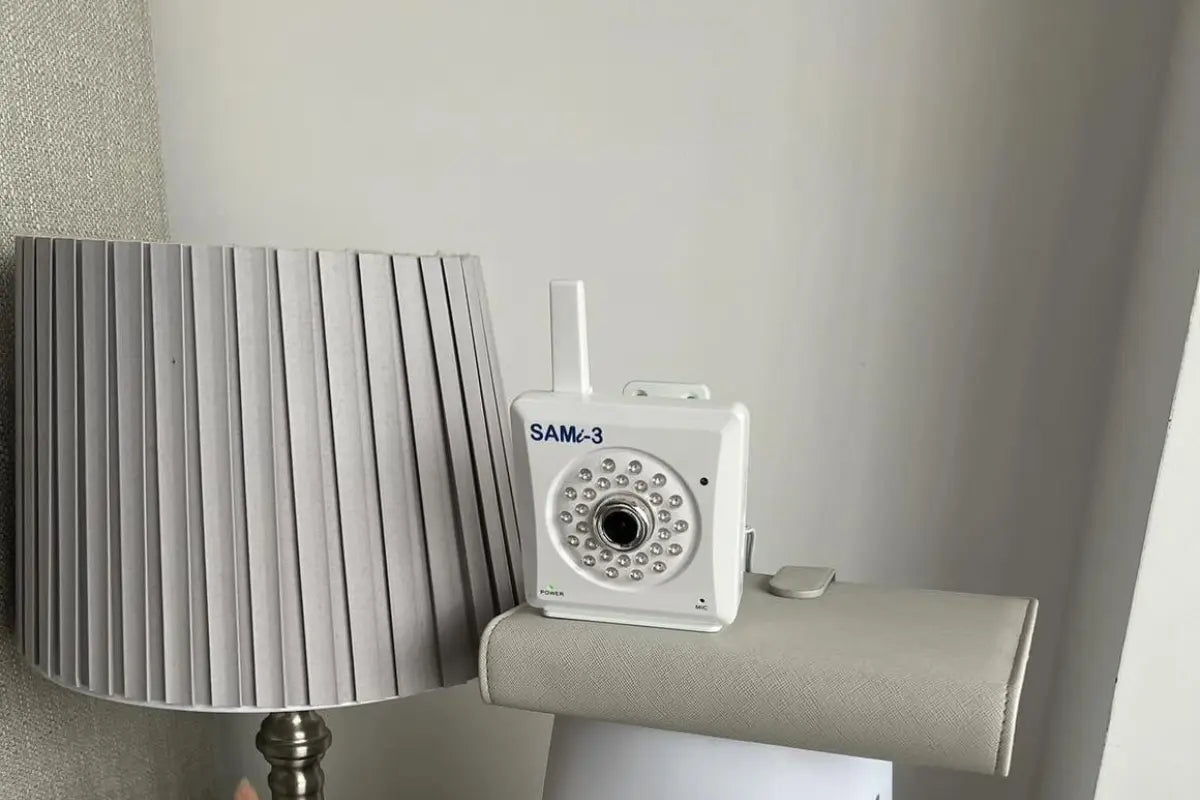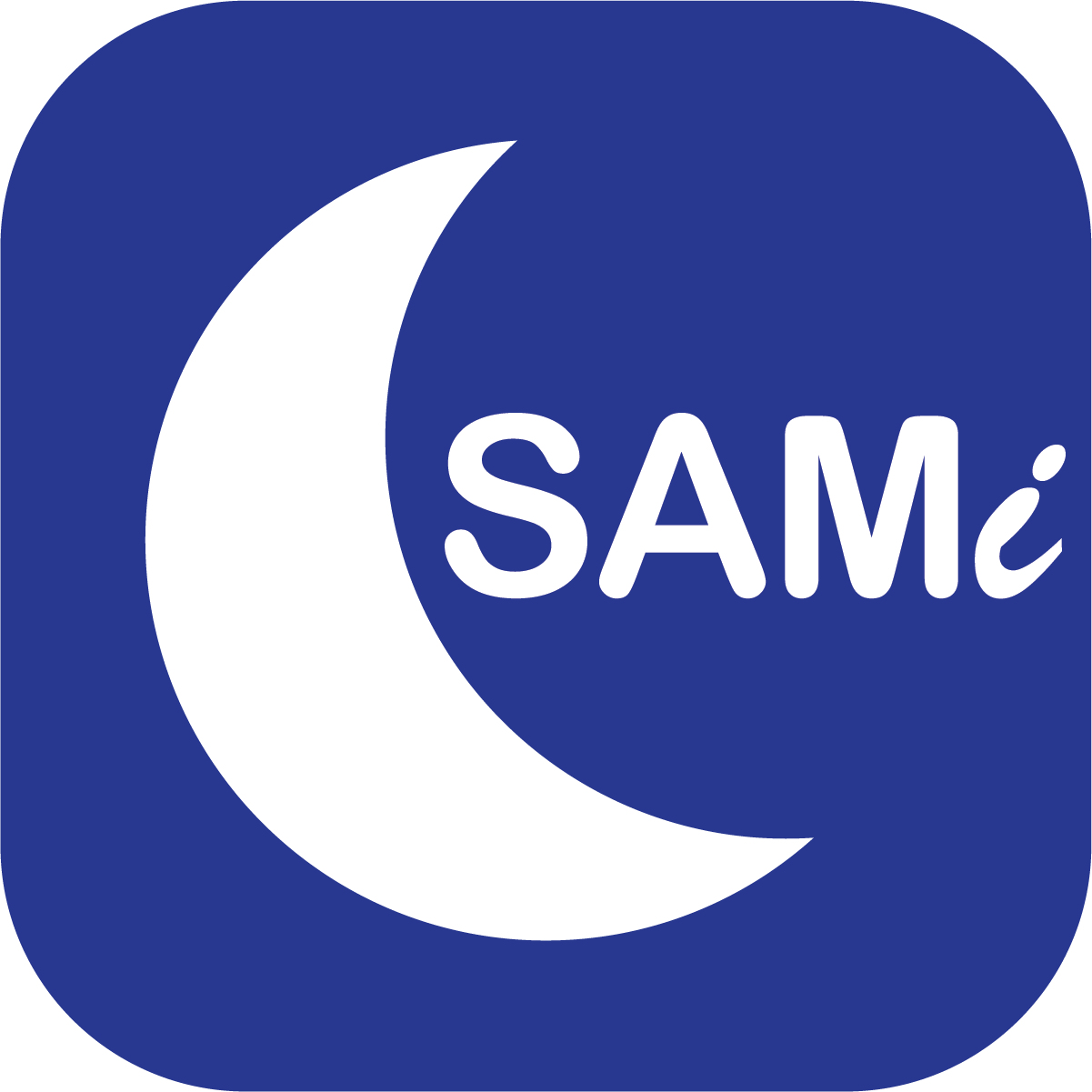Monitoring seizures, especially at night, presents a unique set of challenges for both patients and caregivers. The cover of darkness and the need for sleep make continuous observation difficult, if not impossible, without some form of assistance. Traditional methods, like staying awake or using basic audio monitors, are often inadequate for detecting the subtle movements or sounds associated with seizures. This can lead to increased anxiety and stress for everyone involved, as the risk of missing a critical event is always present. The development of technology specifically designed for seizure monitoring has become a beacon of hope for many, promising a solution that offers safety and peace of mind.
The Basics of Seizure Monitoring Technology
Nighttime Seizure Cameras
These devices are engineered with night vision capabilities, allowing them to capture video footage in complete darkness. Coupled with motion detection technology, they can identify unusual movements that may indicate a seizure is occurring. This capability is crucial because it ensures that even the most subtle seizures, which might go unnoticed by a human observer, can be detected. The footage captured by these cameras can also be invaluable for medical professionals, providing them with concrete evidence of the seizures for better diagnosis and treatment planning.
Wearable Devices
The introduction of wearable devices equipped with heart rate and movement sensors has transformed epilepsy seizure detection. These devices are worn on the body, constantly monitoring physiological and movement indicators that may signal the onset of a seizure. By analyzing changes in heart rate, muscle movements, or both, these devices can alert wearers and caregivers to potential seizures, sometimes even before noticeable symptoms occur.
Smart Seizure Alerts
Smart seizure alert systems are designed to provide immediate notifications to caregivers or medical personnel when a seizure is detected. These systems can be integrated with wearable devices, seizure cameras, and other monitoring tools to ensure that an alert is issued at the first sign of a seizure. The speed of notification is critical, as it allows for rapid response, which can be crucial in managing the seizure and ensuring the safety of the person experiencing it. This technology bridges the gap between patients and caregivers, ensuring that help is always within reach.
Integrating Seizure Technology with Home Automation Systems
By connecting seizure detection devices to home automation platforms, actions such as turning on lights, unlocking doors, or even alerting emergency services can be automated. This seamless integration not only enhances the safety of individuals during a seizure but also adds a layer of convenience and efficiency to the management of epilepsy. It exemplifies how technology can be harnessed to make everyday life safer and more manageable for those living with seizures.
The Advantages of Advanced Seizure Monitoring Systems
Peace of Mind for Patients and Caregivers
The constant worry about the possibility of a seizure, especially during the night, can be mentally exhausting and stress-inducing. However, with the implementation of sophisticated monitoring technologies, such as epilepsy seizure monitoring devices, this anxiety is significantly alleviated. Knowing that an efficient system is in place to alert caregivers at the first sign of a seizure allows for more restful sleep and a better quality of life for everyone involved.
Reduced Burden on Caregivers Through Technology
The introduction of technology in the field of seizure detection has notably reduced the physical and emotional burden on caregivers. Previously, monitoring a patient with epilepsy could be a 24-hour responsibility, requiring constant vigilance that often led to caregiver burnout. Now, seizure monitoring devices automate much of this surveillance, offering caregivers respite. They can trust in these systems to alert them when their attention is needed, allowing for a more balanced lifestyle while still providing essential care.
Data Collection for Improved Medical Insights
The ability to gather detailed information about an individual's seizures through technology has opened up avenues for healthcare providers to deliver care that is specifically tailored to the unique patterns and needs of each patient. By examining how data collection is transforming epilepsy management, we can appreciate the breadth and depth of its implications for patients and healthcare systems alike. Here are three key ways:
-
Personalized Treatment Plans: The cornerstone of modern epilepsy management lies in the customization of treatment plans. By meticulously analyzing collected data on seizure frequency and intensity, healthcare providers can craft treatment approaches that are finely tuned to the individual nuances of each patient's condition. This level of personalization ensures that treatment is not only more effective but also minimizes the side effects and disruptions to daily life often associated with more generalized approaches.
-
Understanding Triggers: A crucial aspect of managing epilepsy involves identifying and avoiding potential seizure triggers. Through the systematic collection and analysis of data surrounding seizure events, it becomes possible to discern patterns or specific events that may precede seizures. This insight is invaluable for patients and caregivers alike, as it provides actionable information that can be used to modify behaviors or environments to reduce the likelihood of seizure occurrence. Understanding triggers is not only about avoiding certain stimuli but also about empowering patients to take proactive steps in managing their condition, thereby contributing to a decrease in the overall frequency of episodes.
-
Long-Term Health Monitoring: The benefits of data collection extend into the domain of long-term health monitoring. Continuous and comprehensive data gathering over time affords healthcare providers a holistic view of a patient's condition, beyond the snapshot insights that traditional methods might offer. This ongoing overview is critical for making informed decisions about long-term care strategies, adjustments in treatment plans, and even the anticipation of future challenges that might arise as the condition evolves. Long-term health monitoring through data collection is a key component in the shift towards anticipatory, rather than reactive, medical care for individuals with epilepsy.
The transformation of epilepsy management through data collection is a testament to the power of technology and information in advancing healthcare. As we continue to harness and refine these tools, the potential for further breakthroughs in personalized care and improved patient outcomes remains vast. The implications of such advancements extend beyond the individual, promising to enhance the overall approach to epilepsy care and understanding on a global scale.
Ensuring Accuracy and Reliability
Differentiating Between Normal Movements and Seizures
This distinction is crucial to minimize false alarms and ensure that caregivers are alerted only in genuine cases of seizures. Advances in sensor technology and sophisticated algorithms have significantly improved the sensitivity and specificity of seizure monitoring devices. By analyzing a wide range of data points
, including motion patterns, heart rate variability
, and even subtle physiological changes, these systems can now reliably discern between regular sleep activities and seizure-related movements, enhancing the reliability of seizure detection.
The Role of Artificial Intelligence
AI algorithms learn from vast amounts of data, improving over time to recognize the complex patterns associated with different types of seizures. This continuous learning process allows for a highly personalized approach to seizure detection, considering the unique characteristics of each individual's condition. Moreover, AI contributes to reducing the incidence of false positives
, a common concern with earlier detection methods, therefore bolstering trust in these technologies.
User Feedback and Continuous Improvement
By incorporating insights and
experiences from actual users, developers can make targeted adjustments to enhance system performance and user experience. This feedback loop not only helps in refining the accuracy of seizure detection but also in improving the overall design and functionality of the devices, making them more user-friendly and effective. The commitment to ongoing development ensures that these technologies remain at the forefront of epilepsy monitoring, providing critical support to those in need.
Integration with Health Monitoring Ecosystems
Compatibility with Other Medical Devices and Apps
Developers are increasingly focusing on ensuring that
nighttime movement monitors can seamlessly exchange data with a variety of health management tools. This interoperability is crucial for creating a cohesive health monitoring experience, where data from physical activity trackers, dietary logs, sleep monitors, and
seizure devices contribute to a unified patient profile. Such compatibility enhances the ability to identify correlations between seizure activity and other health metrics, potentially unveiling new avenues for intervention.
The Future of Personal Health Dashboards
These dashboards promise a future where individuals can easily access and interpret their health data, including nighttime seizure tracking information, in one centralized location. By providing a clear, comprehensive overview of one’s health status, these dashboards empower patients to make more informed decisions about their care.
The Role of Technology in Epilepsy Research
Contributing to the Scientific Understanding of Seizures
Through the collection and analysis of data from epilepsy seizure monitoring systems, researchers can now study seizure patterns and their triggers with unprecedented detail. This influx of high-quality data aids in unraveling the complex mechanisms underlying epilepsy
, contributing to the development of more effective treatments. Moreover, the insights gained from this research can lead to the identification of potential biomarkers for epilepsy, paving the way for earlier diagnosis and personalized medicine approaches.
Collaboration Between Tech Companies and Medical Researchers
By working together, these entities can ensure that the latest developments in AI, machine learning, and sensor technology are effectively applied to the challenges of epilepsy monitoring. Such collaborations also open up opportunities for clinical trials and other research initiatives that can validate and refine these technologies, ensuring they meet the highest standards of accuracy
, reliability, and user-friendliness. Through these joint efforts, the pace of innovation in epilepsy research and care continues to accelerate, offering hope for better outcomes for those affected by this condition.
The Future of Seizure Monitoring
The Impact of 5G and IoT
The rollout of 5G technology and the expansion of the Internet of Things (IoT) are set to revolutionize real-time seizure monitoring. The increased connectivity and speed offered by 5G will enable more seamless and immediate communication between seizure detection devices and monitoring systems. Additionally
, the IoT's capability to integrate various devices and platforms will facilitate a more holistic approach to health monitoring
, where every piece of data contributes to a comprehensive view of the patient's well-being.
Ethical Considerations and Accessibility
Addressing these ethical considerations is not just about adhering to regulations; it's about fostering trust and ensuring that technology serves humanity in respectful and equitable ways. By examining the key points related to ethical considerations and accessibility, we gain insight into the challenges and responsibilities of integrating technology into healthcare:
-
Privacy and Consent: In the age of digital health monitoring, protecting patient privacy becomes a paramount concern. The collection and analysis of personal health data necessitate stringent measures to ensure that individuals' information is safeguarded. Equally important is the principle of informed consent, where patients are fully aware of and agree to how their data will be used. This involves clear communication regarding the purposes of data collection, who will have access to it, and the measures in place to protect it. Upholding privacy and consent not only respects individual rights but also builds trust in the use of monitoring technologies.
-
Equity in Access: The potential of advanced monitoring technologies to improve health outcomes brings to the fore the issue of accessibility. Ensuring that these innovations are affordable and accessible to all segments of the population is essential in preventing disparities in care. This means addressing not only the cost barriers but also geographical and socio-economic factors that may limit access to such technologies. Equity in access is crucial for realizing the full potential of health monitoring technologies to benefit society as a whole, regardless of individuals' backgrounds or circumstances.
-
Bias and Fairness: The design and implementation of algorithms that underpin monitoring technologies must be scrutinized for biases that could affect their performance across different populations. This involves rigorous testing and validation to ensure that the technology is equally effective and fair for everyone, irrespective of age, gender, ethnicity, or other demographic factors.
Navigating the ethical considerations and ensuring accessibility in the use of monitoring technologies are integral to their successful integration into healthcare. These challenges underscore the need for a multidisciplinary approach, involving not just technologists and healthcare providers, but also ethicists, policymakers, and community representatives.
As we look to the future, it's clear that the role of
technology in epilepsy management will only grow in importance. Embracing these technologies, while carefully considering their implications, will be key to unlocking the full potential of seizure monitoring and epilepsy management. The future is bright, and with continued innovation and collaboration
, we can look forward to a world where epilepsy is no longer a source of uncertainty and fear
, but a condition that can be effectively managed and perhaps one day
, fully understood.





